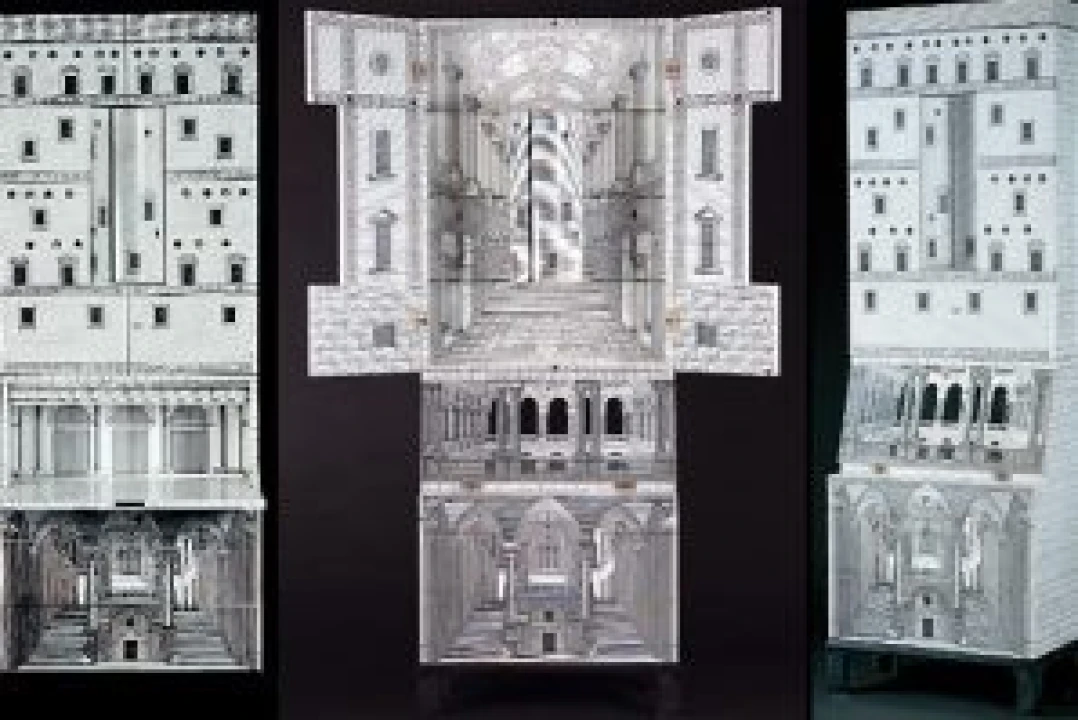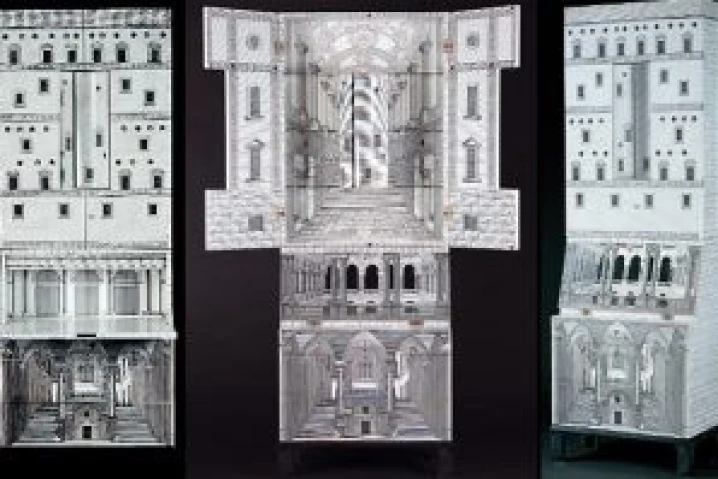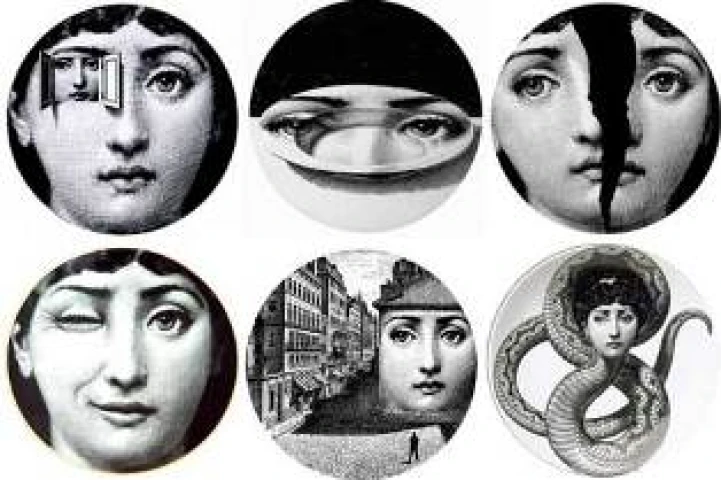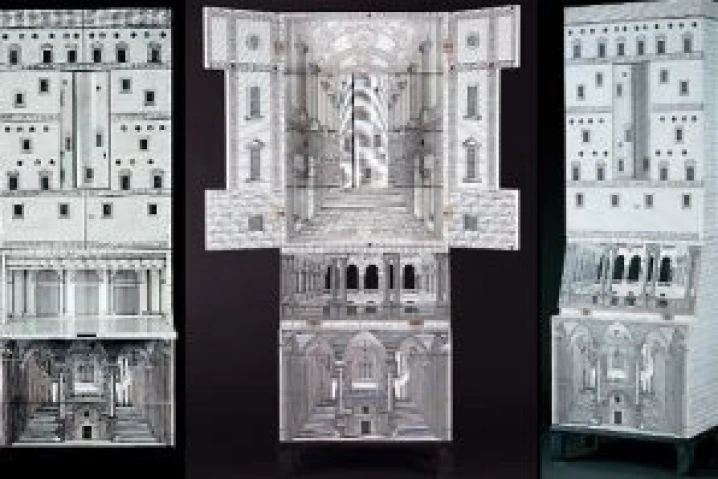WTI Magazine #14 2014 Jan, 24
Author : Enrico De Iulis Translation by:
A major exhibition at the Triennale in Milan celebrates one of the greatest Italian designers of the twentieth century, Piero Fornasetti.
Born from a very wealthy Milanese family, Fornasetti shows in the early years of his career to be a very good and valid decorator, with such a versatile touch that he can range in all the styles of the early twentieth century with consistently good and sharp results. The graphics, however, is its true scope, and its stylistic versatility will help him to apply to every object of everyday life a touch of dazed and never affected decorum.
In the '40s he works with the best architects in Milan, including Giò Ponti, with whom he will work very well because of their common sense of irony and of innovative design. Umbrella stands, desks, small items of everyday use, but also glass doors acid shaped, entire fittings of interiors for homes and shops, the work of Fornasetti touches every object in the house of the Italians and turns it into something creative, decorated and, through the décor, decent. There are themes dear to him like butterflies, masks, fish and fruit, but also stylized views of the city, coins and a certain floral taste.
His style meets all the trends of the '900, fusing them with the Italian tradition of Piero della Francesca, Giotto and Paolo Uccello. However, the most interesting thing of this great master of the last century is the reuse of the old.
Twice, with two different themes, Fornasetti deals with an issue considered noble and high, like archeological printing, with a modern and almost pop interpretation. A drawing of the Roman imperial statuary, in a colored version in saturated hues, can be found in trays, screens, fabrics and libraries; while with the graphic rendering of the old prints of Italian archaeological taste like those of Antonio Tempesta or Piranesi, he even reaches a more widespread goal: combining the technique of silk-screen printing with wood, he manages to create cabinet shutters, doors and flaps, increasing the size of the prints but not losing their sharpness. From then on the taste of Cinquecentina (a booklet printed in '1500) will accompany thousands of Italians who will found it in cabinets, desks and bar counters.
In the 50's, through the industrial design, in Italy was possible to divulge culture through objects in a very ironic and effective way. Even I have in my house a closet with silkscreened doors with a country scene clearly of the seventeenth century, but colored in pastel shades like the trend required at that time for the fòrmica (a laminated plastic sheet).
But there is a subject which is immediately associated to the philosophy of Piero Fornasetti, and it is for sure the face of Lina Cavalieri, an opera singer from the beginning of 1900 who, mostly reproduced on ceramic and porcelain dishes, has been adjusted hundreds of times, being turned into always impressive versions, ranging from a surrealist flavor to a comic nonsense.
The large ability to draw together great graphic art and the subject ironic but still intellectual is perfectly shown in this Milan exhibition curated by Piero's son, Barnaba, which celebrates the real father of decontextualization in Italy.







